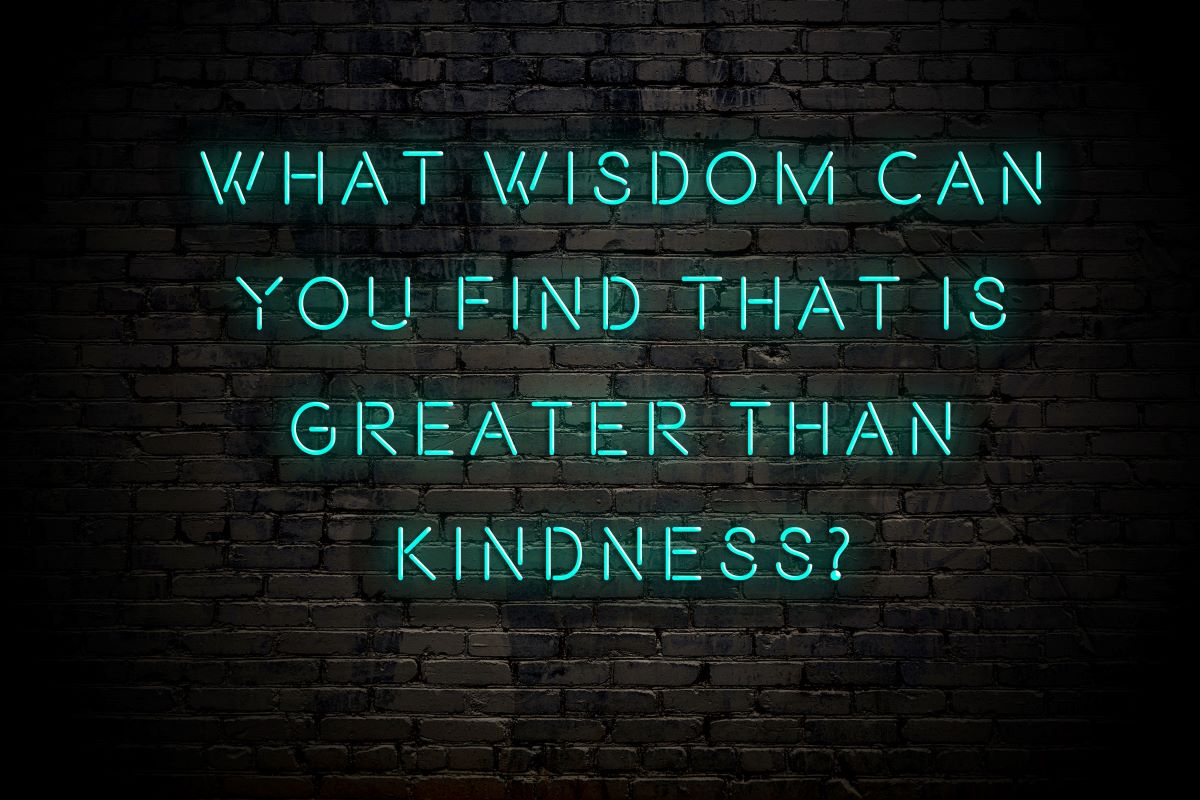Curating the week in wellness May 10–14, 2021: How vaccines get made, the power of kindness at work, and more
The week’s essential content and fresh industry pickings for those dedicated to employee well-being.

A hearty hello, wellness pros!
We hope you enjoy this week’s collection of thought-provoking articles, savvy tips and smart takeaways.
As always, please get in touch with any ideas, suggestions or feedback on how we can serve you better. We are grateful for all the excellent work you do, so please keep it up!
1. Behind the scenes of the Pfizer vaccine.
The CDC is predicting a steep drop in COVID-19 cases come July—if vaccination rates remain high.
If you have employees who are still on the fence about getting the jab, The New York Times has published a stunning visual story that reveals how Pfizer makes its vaccine.
The piece shows each step of the vaccine production process, including:
- Pull DNA from cold storage.
- Grow the cells.
- Ferment the mixture.
- Harvest and purify the DNA.
- Test for quality.
- Cut the plasmids.
- Filter the DNA.
- Freeze, pack and ship.
The Times explains the science behind each step, in painstaking detail, which should help allay some concerns about the quality and safety of the vaccine. As misinformation continues to run rampant about the vaccines, wellness pros can be beacons of clarity, transparency and truth.
2. The keys to ‘thriving’ employees.
Gallup shares the roles leaders, managers and organizational culture play in promoting employee well-being at work. Tips include:
- To change a well-being culture, it’s got to start at the CEO level … It’s got to be very purposeful and intentional — not just stated, but actually role-modeled at the executive level and all the way through as it cascades.
- Strengths is such an important part [of a well-being focus] because it reduces those awkward conversations. You’re starting with who that person is, and a common language.
- Career well-being is the most foundational, and I would make social wellbeing a very close second to that. … And they set us up for success in financial, physical and community wellbeing, if we get them right.
- People want a job with a purpose; they want to connect to a purpose, they want a job where they can develop. They didn’t just want a boss; they wanted a coach. They wanted ongoing conversations, they wanted an organization that leverages their strengths. And they also wanted a workplace that improved their life, not just a job, and not just, you know, a job that gives it gives them their paycheck and is separate from the rest of life.
3. Take the 10-day wellness challenge.
Every mess, failure or disruption offers an opportunity for a fresh start. What better time for a hard reset than after a year’s worth of pandemic-era suffering?
The New York Times reports “we’re most inclined to make meaningful changes around ‘temporal landmarks,’ such as the beginning or end of a pandemic. And, “For many people, the lifting of pandemic restrictions and getting vaccinated means planning vacations and returning to more-normal work and school routines. It’s exactly the kind of psychological new beginning that could prompt the fresh start effect.”
So, what is your fresh start and post-pandemic chapter going to look like? It’s an opportune time to establish new habits, priorities and patterns. To help you get off to a healthy start, the NYT is offering a 10-day wellness challenge. Here’s how to join:
“A good first step is to take our 10-Day Fresh Start Challenge. Sign up, and starting Monday, May 17, we’ll send one or two messages a day to prompt moments of mindful reflection, build stronger connections and take small steps toward building healthy new habits. You can text us, too! The challenge will include 10 daily challenges, with a break over the weekend.”
“To sign up, just text “Hi” or any word to 917-809-4995 for a link to join. (Message and data rates may apply.) If you prefer not to text or live outside the United States, you can follow along on the website or app. Just bookmark nytimes.com/well and join us on May 17 for the first challenge.”
4. How attitudes toward mental health are shifting—for the better.
Right in time for Mental Health Awareness Month, Ginger has released its latest Workforce Attitudes Toward Mental Health Report.
The report, which compiled data from 1,229 U.S. full-time workers and more than 150 CEOs, found:
- Nearly all CEOs surveyed report both investing in their own mental health and increasing their company’s focus on mental health as a result of the pandemic.
- 80% of CEOs believe that poor employee mental health negatively affects worker productivity.
- 94% of CEOs report having received mental health support themselves over the past year.
- More than half of CEOs report that talking about mental health makes them a better leader (and nearly 90% of employees appreciate it) – even though 56% of them are concerned it might impact their credibility.
- 92% of CEOs report that their companies have increased focus on mental health as a result of the pandemic.
- 96% of CEOs believe they are doing enough for employee mental health, but only 69% of employees feel the same.
- The average worker is half as likely as CEOs to say their companies are accepting of mental health issues.
- 48% of employees report experiencing high to extreme stress over the past year – a 7% increase over the last two years.
- Since 2019, the number of employees who have used technology-based mental health support has increased by 66%.
5. Harnessing the profound power of kindness at work.
Harvard Business School serves up the great secret to creating a better, more uplifting remote work environment: Just be nice.
It writes: “Practicing kindness by giving compliments and recognition has the power to transform our remote workplace,” and “Being recognized at work helps reduce employee burnout and absenteeism, and improves employee well-being.”
Need more reasons to foster a culture of kindness?
“Receiving a compliment, words of recognition, and praise can help individuals feel more fulfilled, boost their self-esteem, improve their self-evaluations, and trigger positive emotions,” and “Being kind brings a sense of meaning because it involves investing in something bigger than ourselves.”
All that adds up to happier, more fulfilled employees—which is rocket fuel for engagement and productivity.
6. Swapping burnout culture for wellness-fueled productivity.
Psychology Today has the prescription for what ails so many workplaces: stress, overwork and burnout. The piece writes:
- Burnout is on the rise: Women are leaving the workforce in droves, and companies are not doing enough to support them.
- Americans tend to overwork, rarely taking more than a week off even if they are qualified to take more.
- Signs of burnout include reactivity, irritability and overanalyzing events.
- To deal with burnout, start by focusing on your sphere of influence and connecting to your “why” (or purpose) at work.
- Also try lightening up at work by bringing joy into work, having personal connections, playing music, and checking in with people.
- Integrate wellness into existing structures rather than being just another thing to do.
7. Creating space for cognitive diversity.
On the heels of Elon Musk’s SNL revelation that he has Asperger’s syndrome, now is a great time to review whether your company is supporting or reaching out to people with autism.
FedEx is publicizing its efforts to “help people autism thrive,” and E&Y is bolstering efforts to recruit employees on the spectrum.
As you craft DE&I plans, make sure you’re accounting for cognitive diversity, too. As EBN reports, “Hiring individuals with intellectual and developmental disabilities ranks close to last among employer’s DE&I priorities,” so it’s certainly an area of opportunity and growth for most.
8. Are you supporting your workers of Asian descent?
As anti-Asian attacks continue throughout the U.S., is your company speaking out?
Bloomberg has a piece sharing candid thoughts on the emotions, fears and anxieties Asian workers are experiencing right now, which is a must-read for all employers and wellness pros.
One strong takeaway is that in this highly-charged, still-profoundly-disrupted environment, actions speak much louder than words. So before your company jumps to respond to the latest hot-button cultural issue or ugly incident, make sure you have something substantive to add to the conversation.
Porter Novelli’s new Business & Social Justice Study backs this premise. It finds that “7-in-10 Americans say it shouldn’t take a tragedy for companies to care about social justice issues.” In other words, don’t just swoop in with a “thoughts and prayers” tweet and expect to maintain credibility. The report also finds:
- Silence has consequences. Six-in-10 (59%) Americans say it is no longer acceptable for companies to be silent on social justice issues, and a further 49% say they assume companies that remain quiet on social justice issues don’t care.
- Speaking out is welcome, but it comes with accountability. Two-thirds (66%) say they appreciate when companies they haven’t heard from before join the dialogue, but 60% will hold a company accountable when it makes a statement of support around specific social justice issues.
- Corporate communications can normalize topics and drive change. Six-in-10 are optimistic that as companies begin to address social justice issues, we will see real change – and 62% believe companies can help normalize social justice conversations through their marketing and communications.
- Employees expect more from employers. More than half (58%) of employees today say they hold their employer to a higher standard than other companies when it comes to addressing social justice issues, and 43% say they are reconsidering their current job because their company is not doing enough to address social justice issues externally.
9. Is Basecamp’s blowup a harbinger of things to come — or a cautionary tale?
In the wake of Basecamp’s ban on political workplace discourse—and subsequent backlash—it’s wise to revisit your company’s policies and priorities on dialogue and conduct.
What sorts of conversations do you want to facilitate, and which types should you discourage? Is it worth trying to moderate or mandate what your employees discuss—either in the name of harmony or productivity? Or should you even broach the topic at all?
There’s no right answer here. But one thing’s for sure: If you claim to harbor a culture of “openness,” “free expression” or “transparency,” you’ll quickly erode trust if your employees experience otherwise.







